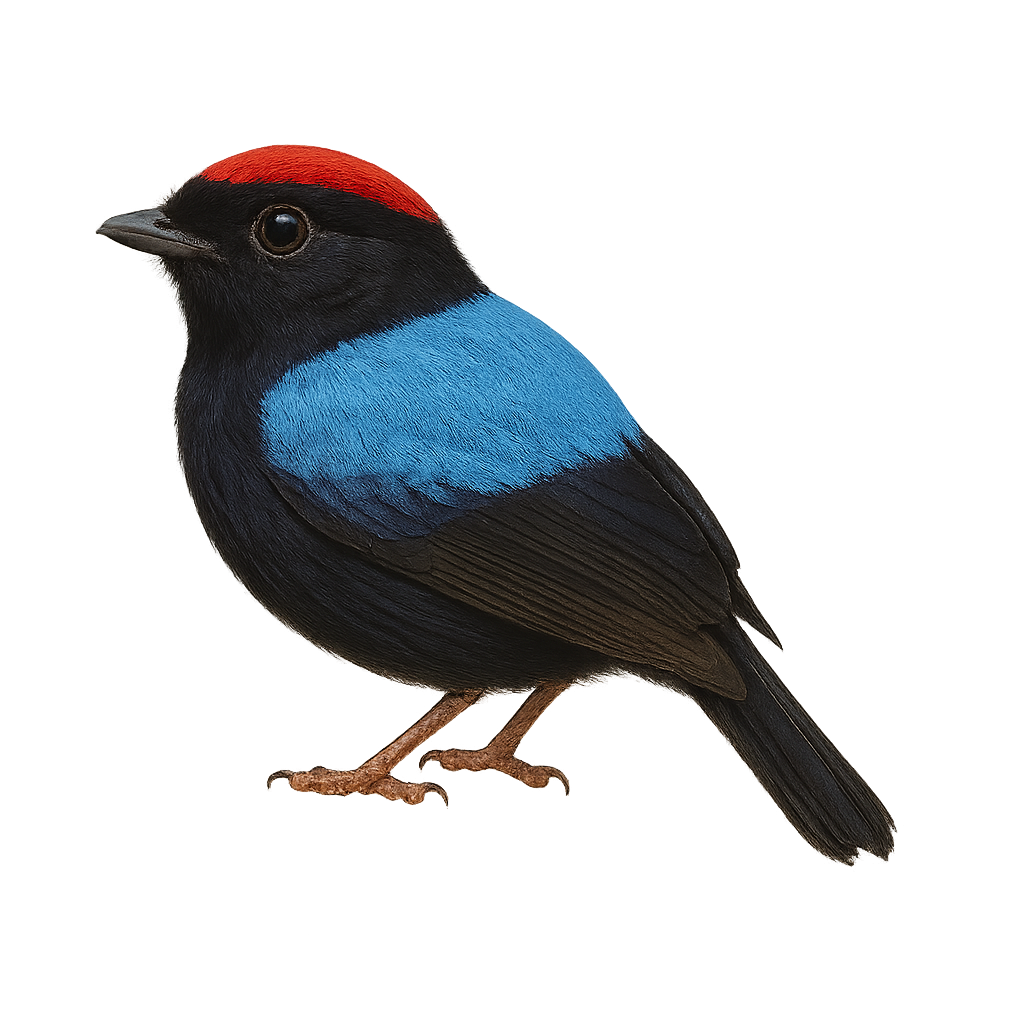Your wildlife photography guide.
Explore the blue-backed manakin in detail, study its behavior, prepare your shots.
Where to observe and photograph the blue-backed manakin in the wild
Learn where and when to spot the blue-backed manakin in the wild, how to identify the species based on distinctive features, and what natural environments it inhabits. The WildlifePhotographer app offers tailored photography tips that reflect the blue-backed manakin’s behavior, helping you capture better wildlife images. Explore the full species profile for key information including description, habitat, active periods, and approach techniques.
Blue-backed Manakin
Scientific name: Chiroxiphia pareola

IUCN Status: Least Concern
Family: PIPRIDAE
Group: Birds
Sensitivity to human approach: Suspicious
Minimum approach distance: 5 m
Courtship display: November to January
Incubation: 17-19 jours
Hatchings: December to February
Habitat:
Tropical rainforests, forest edges, wooded areas
Activity period :
Primarily active during the day, with peak activity in the morning and late afternoon.
Identification and description:
The Blue-backed Manakin, or Chiroxiphia pareola, is a small bird, measuring about 13 cm in length. It is easily recognizable by its striking plumage: the male sports a bright blue back contrasting with a black head and a red throat, while the female is more subdued with green hues. This bird is mainly found in the humid tropical forests of South America, particularly in Brazil, Guyana, and Venezuela. It is known for its spectacular courtship displays where several males perform synchronized dances to attract females. These displays are often accompanied by melodious songs. The Blue-backed Manakin primarily feeds on fruits and insects, playing an important role in seed dispersal.
Recommended lens:
400 mm – adjust based on distance, desired framing (portrait or habitat), and approach conditions.
Photography tips:
To photograph the Blue-backed Manakin, it is advisable to use a telephoto lens of at least 400mm to capture the details of its colorful plumage without disturbing it. Look for it in tropical rainforests, especially near edges where it is more active. Be patient and discreet, as this bird can be suspicious. The best times to observe it are early in the morning or late in the afternoon when natural light highlights its bright colors. Use a tripod to stabilize your camera and avoid motion blur.
The WildlifePhotographer App is coming soon!
Be the first to explore the best nature spots, track rutting seasons, log your observations, and observe more wildlife.
Already 1 439 wildlife lovers subscribed worldwide

